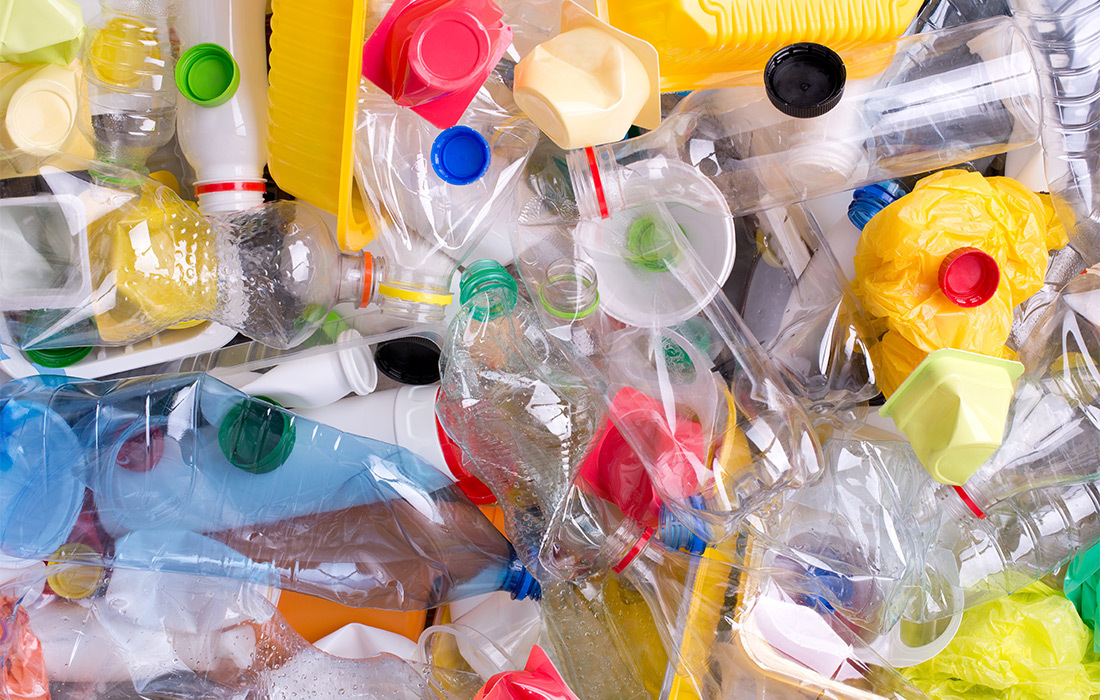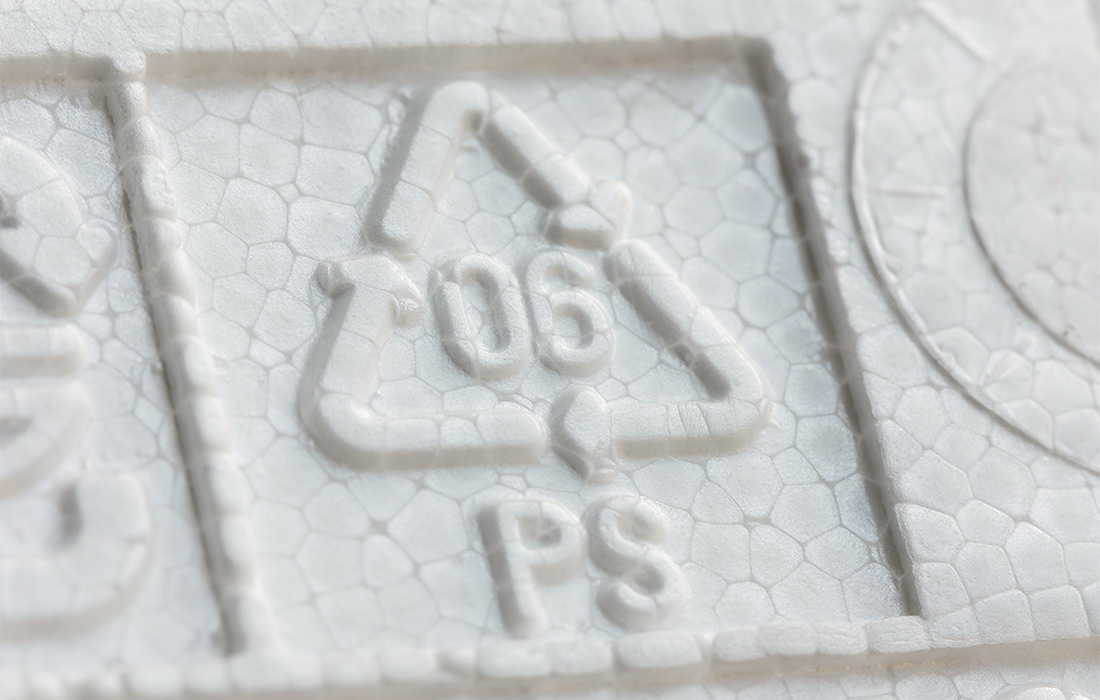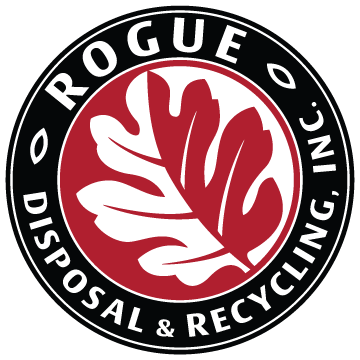Understanding which plastic types can be recycled

If something made of plastic has the chasing arrows symbol on it, it can be recycled, right? Not so. In fact, up to half of all plastic produced each year is designed to be used just once — then thrown away. And 91% of all plastic produced has never been recycled.
So what are those arrows for and what do the numbers inside the recycling triangle symbol mean? It may come as a surprise to you, but just because something has the chasing arrows symbol with a number on it doesn’t mean it’s recyclable — it’s just a way of showing what type of plastic it is.
Counting to 7: plastic by the numbers
Take a quick look at any plastic detergent bottle, milk jug, shampoo bottle or sports drink container and you’ll see the chasing arrows icon with a number inside. Great. But which ones can and can’t be recycled? Truth is, these symbols don’t tell you that. They’re actually resin identification codes, created by and for the plastics industry in 1988 as a way of showing what type of plastic is being used. They were never a guarantee that any given item would be recycled.
1 PET (polyethylene terephthalate)
This is the most commonly produced plastic, invented in 1940 by chemists at DuPont. It’s inexpensive, lightweight and poses a low risk of leaching any of the plastic chemicals into the beverage. Even though demand from manufacturers is high, the recycling rate for 1 PET bottles remains low, around 20%. And while most people associate PET with water bottles, an even bigger use is for clothing — as PET fibers are used to make polyester.
- Where Do You Find 1 PET Plastic? Beverage bottles, food jars (peanut butter, ketchup, salad dressing, cooking oil), personal care product bottles (shampoo and conditioner, mouthwash) plus pillow stuffing, rope, carpet and textile fibers.
- Can I Put It In My Rogue Red-Lid Recycling Cart? If the neck of the bottle is smaller than the base, then yes. The shape of the container tells the story of how it was manufactured — and therefore if and how it can be recycled. So containers where the neck is smaller than the base — like a milk jug — can be recycled. Make sure the bottles are completely empty and rinsed clean. Labels are OK, but caps belong in your black-lid trash cart. Things like carpet and rope are not accepted in curbside collection programs.
- What Does 1 PET Plastic Get Recycled Into? Everything from new bottles and food containers, to polar fleece, auto parts, shoes, furniture, carpeting and tote bags.
2 HDPE (high density polyethylene)
This is a durable, robust type of plastic that has many uses for packaging — and can be recycled multiple times. You can find HDPE in rigid and soft plastic forms.
- Where Do You Find 2 HDPE Plastic? Milk jugs are made from 2 HDPE plastic. So are some juice bottles, bottles for household cleaners (bleach, detergent, spray cleaners), and shampoo bottles.
- Can I Put It In My Rogue Red-Lid Recycling Cart? If the neck of the bottle is smaller than the base, then yes. Make sure the bottles are completely empty and rinsed clean. Labels are OK, but caps belong in your black-lid trash cart. Soft or tub plastics with a #2 — such as garbage bags, butter tubs and cereal box liners — cannot go into your red-lid recycling cart.
- What Does 2 HDPE Plastic Get Recycled Into? Bottles for laundry detergent and shampoo, as well as pens, recycling containers, kids toys, floor tile, drainage pipe and a variety of outdoor products, such as plastic benches, plastic lumber and plastic dog houses.
3 PVC (polyvinyl chloride)
Plastic made from PVC is tough, durable and can withstand the elements. PVC has been around longer than most plastics, first synthesized in 1872 and commercially produced by B.F. Goodrich in the 1920s. But unlike other plastics, PVC has chlorine as one of its main ingredients. This gives it waterproof and flame-retardant properties — but it also makes it hazardous to manufacture and dispose of.
- Where Do You Find 3 PVC or V Plastic? Piping, siding, gutters and windows are some of the more common uses, along with blister packaging and the protective wrap around bundled electrical and cable wires. Plus all the credit cards, bank cards and store cards in your wallet.
- Can I Put It In My Rogue Red-Lid Recycling Cart? No. Unfortunately, PVC is highly toxic to process and cannot be currently recycled.
4 LDPE (low density polyethylene)
This is a thin, flexible plastic that can be used in many different ways. It’s known for being durable, hard to break, and it resists acids, bases and oils. It’s most common flexible form is known as “film” plastic — which causes problems when mixed in with other materials for recycling.
- Where Do You Find 4 LDPE Plastic? In its rigid form, you can find LDPE plastic in everything from squeezable tubes (toothpaste, hand cream, ointment), squeezable bottles (think ketchup, mustard and mayonnaise bottles) and kids toys. In its flexible “film” plastic form, you can find LDPE plastic in things like bread wrappers, dry cleaning bags, shrink wrap, grocery bags, sandwich bags, and the plastic barrier you peel off of frozen meals before putting them in the microwave.
- Can I Put It In My Rogue Red-Lid Recycling Cart? No. Film plastics are not meant to be part of curbside collection programs — they are difficult to collect and to process, especially in the form of plastic bags and wraps. They are commonly accepted at grocery stores, where they can be collected as a single stream of material. When managed this way, they can eventually be processed into plastic lumber. Many cities, and even entire states, are attempting to ban these kinds of materials altogether, because when they’re not properly managed, they become litter and marine debris.
5 PP (polypropylene)
Polypropylene’s biggest attribute is that it has a high melting point. It’s also resistant to moisture. So it’s often the plastic-of-choice for materials like reusable food containers, or containers filled with food that’s hot when first bottled. Lightweight and strong, this particular plastic comes in both a rigid and soft plastic form, with different applications for each.
- Where Do You Find 5 PP Plastic? Food containers (including yogurt, sour cream and margarine), syrup bottles, medicine bottles, Tupperware, rope, carpet, packing tape, take-away food containers, lab equipment, bottle caps and straws.
- Can I Put It In My Rogue Red-Lid Recycling Cart? No, because sorting facilities are currently unable to effectively sort this type of plastic due to its shape and size, and 5 PP plastic tends to add overall contamination to recycling loads.
6 PS (polystyrene)

You probably know polystyrene by its trademarked name, Styrofoam. It can also be made into rigid products, such as CD cases and prescription bottles, and foam products, such as egg cartons and packing peanuts. In some forms, the “styrene” in polystyrene is classified as a probable carcinogen. That, coupled with the fact that it is notoriously difficult to recycle (especially in its foam state, where it’s 98% air), have made this one of the worst types of plastic for environmentally conscious consumers (along with plastic bags).
- Where Do You Find 6 PS Plastic? Disposable plates and cups, grocery store meat trays, carry-out containers and egg cartons.
- Can I Put It In My Rogue Red-Lid Recycling Cart? No. Since the foam breaks down into smaller and smaller pieces that scatter, consider placing 6 PS plastics in a bag, squeezing out the air, and tying it up before putting it into the trash.
7 (Miscellaneous)
What happens to plastics that don’t fit into any of the other six categories? They’re classified here, as 7 Miscellaneous. This includes resins that don’t fit into any other category. Many of these plastics are multi-layered or plant based.
- Where Do You Find 7 Miscellaneous Plastic? Water jugs, computer cases, sunglasses, signs and displays, nylon fabric, and bullet-proof materials.
- Can I Put It In My Rogue Red-Lid Recycling Cart? No. These plastics are traditionally not recycled.
So as you can see, having an item stamped with the chasing arrows symbol with a number inside doesn’t mean it’s recyclable. It simply tells you what type of plastic the item is made from — and from there, you can determine whether or not the item is accepted for recycling in your area. And remember, keeping the recycling stream clean from contaminants and unacceptable items helps increase the amount of materials that can be truly recycled.
Share This
